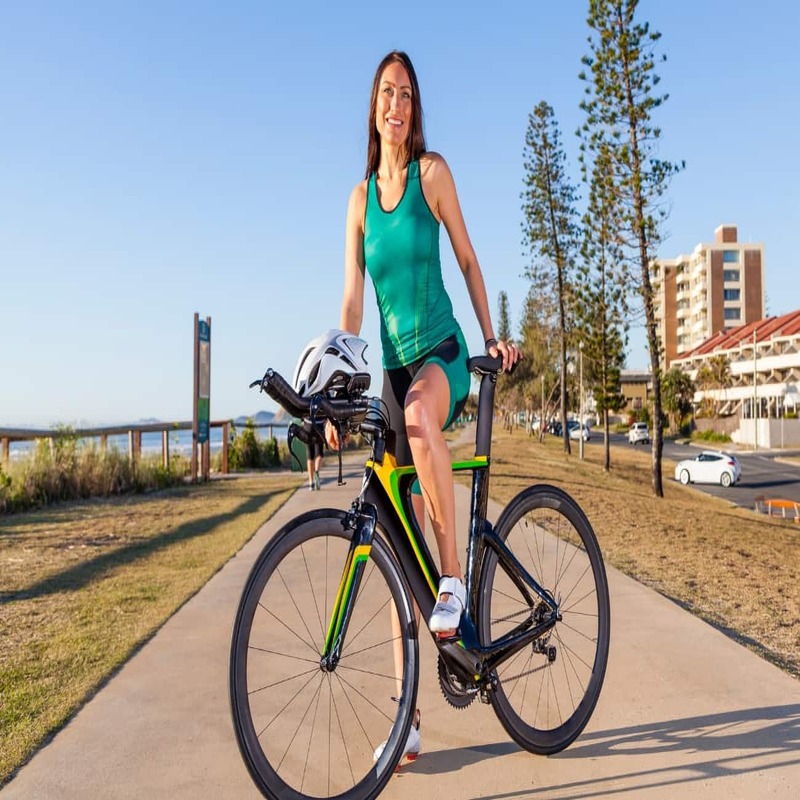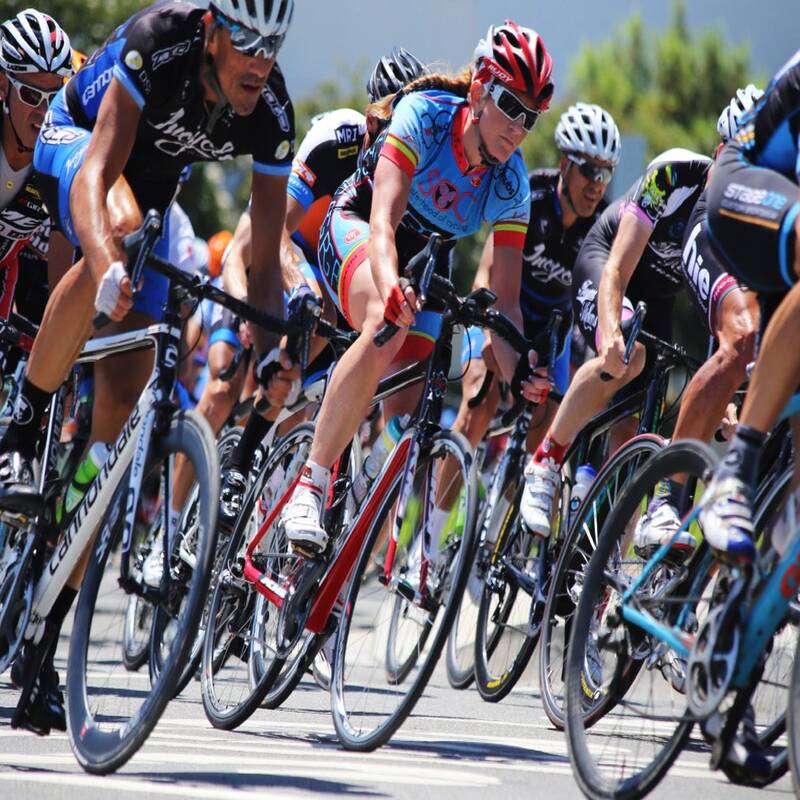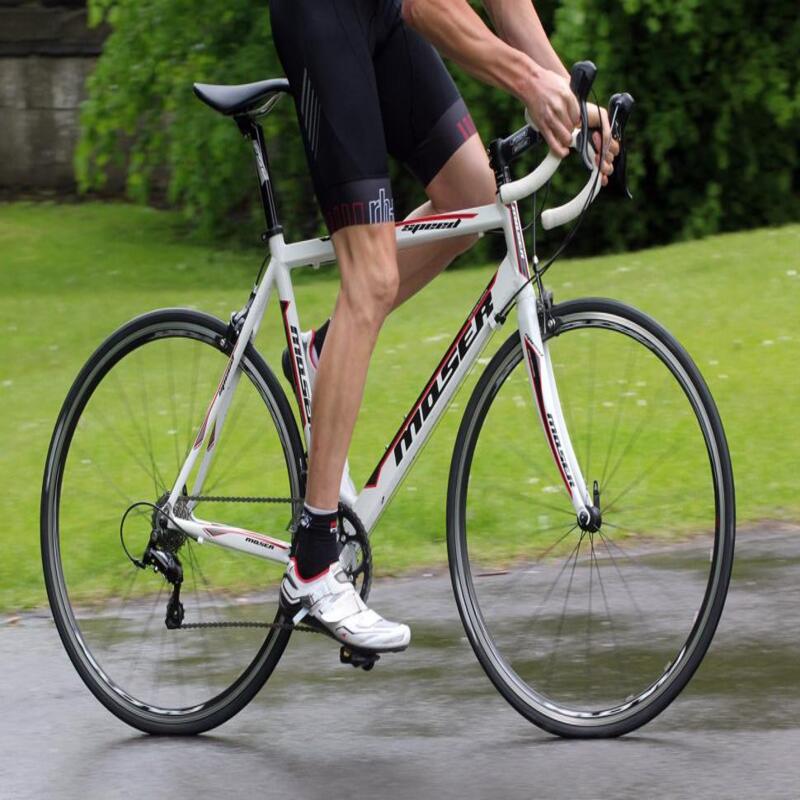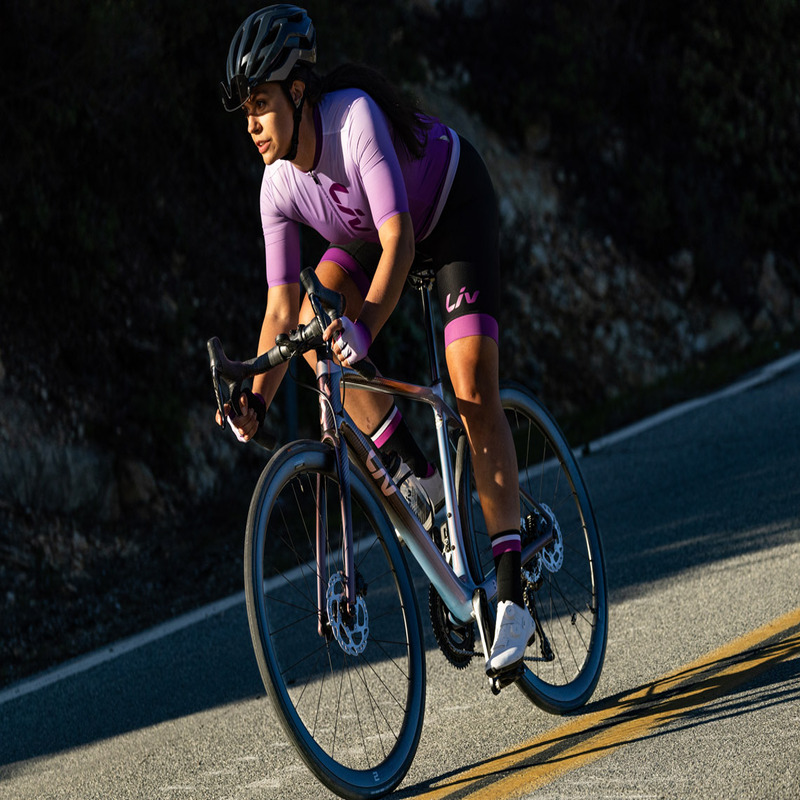Bicycles are one of the most efficient modes of transportation. They provide not only a way to travel but also an opportunity for exercise. Understanding bicycle speed is essential for cyclists, whether they are commuting, racing, or enjoying leisure rides. Different factors influence speed, including terrain, cyclist fitness, and bicycle type. This article aims to delve into these variables and highlight how they affect speed. By the end, readers will gain insights into how to improve their cycling experience.
Factors Affecting Bicycle Speed
Multiple factors contribute to how fast a cyclist can go. Each of these elements plays a crucial role in determining the overall speed. Understanding these factors can help cyclists make better choices. For example, the type of bicycle selected can have a significant impact on performance. Similarly, changes in the environment can also affect speed considerably.
Bicycle Types and Their Speeds
Different types of bicycles offer varying speeds due to their designs. Road bikes, for instance, are engineered for speed and efficiency. They typically have lightweight frames and thin tires, enabling them to glide on pavements easily. Cyclists often reach higher velocities on road bikes compared to mountain bikes. Consequently, for riders focused on speed, road bikes are often the preferred choice.
On the other hand, mountain bikes are designed for rough terrains. Their sturdy frames and thick tires help absorb shocks. However, this design results in slower speeds when compared to road bikes. Thus, if speed is a priority, choosing the right bike is crucial. Knowing the differences can help riders select a suitable option based on their goals.
Terrain Influence on Speed
Another significant factor affecting bicycle speed is the terrain. Flat terrains generally allow for faster cycling speeds. Riders can maintain a steady pace without much effort. In contrast, uphill terrains compel cyclists to exert far more energy. The incline significantly hampers speed and requires different techniques for climbing efficiently.
Conversely, downhill cycling can boost speed significantly. Gravity assists cyclists in accelerating rapidly. However, it’s important to exercise caution, as control diminishes at higher speeds. Riders must learn to navigate turns and obstacles effectively. Recognizing how different terrains impact speed can guide cyclists in planning their routes and training.

Understanding Cyclist Fitness
A cyclist’s physical condition plays a pivotal role in their cycling speed. Well-trained cyclists can sustain higher speeds for longer durations. Fitness impacts not just endurance but also power output. Therefore, training regimens focused on building strength and stamina can enhance performance.
Importance of Cardiovascular Fitness
Cardiovascular fitness is essential for cycling efficiency. Cyclists with stronger heart and lung capacities can ride faster with less strain. Increased cardiovascular fitness allows for sustaining higher speeds over prolonged periods. Hence, incorporating aerobic exercises into training routines is beneficial.
Cross-training activities, such as running and swimming, also help improve cardiovascular health. These exercises complement cycling by building overall fitness levels. As a result, cyclists can perform better, achieve higher speeds, and feel more comfortable on their bikes. Integrating variety in training can yield significant benefits for cyclists aiming to boost their average speeds.
Muscle Strength and Endurance
In addition to cardiovascular fitness, muscle strength also plays a crucial role. Strong muscles enable cyclists to apply more power to the pedals. Building leg muscle strength is therefore essential for speed improvement. Exercises focusing on quadriceps, hamstrings, and calves are particularly useful.
Moreover, endurance training enhances a cyclist’s ability to maintain speed. Longer rides train the body to operate effectively over time. Consequently, cyclists can avoid fatigue, allowing them to ride faster for extended periods. Combining strength and endurance training prepares cyclists for different riding scenarios, further enhancing their biking capabilities.

The Role of Equipment and Gear
The equipment cyclists use significantly impacts their speed. High-quality gear can alter cycling performance. Important aspects to consider include the weight of the bicycle, tire pressure, and gear ratios. All of these elements contribute to speed and efficiency.
Bike Weight Considerations
Bicycle weight is a crucial factor in determining speed. Lighter bikes allow for easier acceleration. They demand less energy to propel, making them ideal for speed-focused cycling. Therefore, competitive cyclists often invest in high-end lightweight models.
Conversely, heavier bikes, while sturdy, can slow cyclists down. This is particularly noticeable on uphill segments or during long rides. When choosing a bike, considering the balance between sturdiness and weight is essential. A lightweight bike often enhances overall cycling experience, allowing riders to accomplish faster speeds with less effort.
Tire Pressure and Its Impact
Tire pressure also greatly influences how fast a cyclist can travel. Properly inflated tires maximize rolling efficiency. Under-inflated tires create drag, significantly slowing down cyclists. Maintaining optimal tire pressure is crucial for achieving the desired speed and performance.
Checking tire pressure regularly should be part of every cyclist’s maintenance routine. Slight adjustments can lead to noticeable speed improvements. Therefore, understanding the importance of tire pressure contributes to an overall better cycling experience. Proper care can significantly boost acceleration and performance on various terrains.

Wind Resistance and Aerodynamics
Another vital factor impacting cycling speed is wind resistance. As a cyclist travels, they push against air. This resistance can create considerable drag. Understanding how to minimize wind resistance can lead to significant speed increases.
Aerodynamic Positioning
Utilizing proper positioning significantly reduces wind resistance. Cyclists can adopt a more aerodynamic posture by lowering their upper body. Bent elbows and a slight forward lean can streamline their silhouette. Aiming to minimize frontal area enhances speed dramatically.
Additionally, specialized cycling gear also helps reduce drag. Tight-fitting clothing can lessen wind resistance. Investing in aerodynamic helmets and bike frames can offer further benefits during rides. Proper equipment selection influences not just comfort but also overall performance, emphasizing its importance for serious cyclists.
Terrain and Wind Conditions
Wind conditions also factor into a cyclist’s speed. Cycling against strong headwinds increases drag significantly. This forces cyclists to exert more energy, thus slowing them down. Awareness of wind patterns can aid in planning routes and timing rides wisely.
Conversely, tailwinds can provide a boost to speed. Cycling with the wind can enhance overall performance effortlessly. Riders can enjoy the thrill of reaching higher speeds with less effort. Therefore, understanding how to navigate different wind conditions can magnify cycling experiences significantly.
Strategies to Improve Speed
For cyclists looking to enhance their speed, several strategies can be employed. Simple adjustments can lead to noticeable improvements. Implementing these strategies requires dedication and consistency. However, the results are rewarding for cyclists of any skill level.
Proper Training Regimen
Creating a structured training regimen is essential. Cyclists should incorporate speed workouts into their routines. Interval training is beneficial, as it boosts cardiovascular fitness and strength. Alternating between high-intensity bursts and active recovery allows for rapid improvements.
Regularly participating in group rides can also promote speed. Cycling alongside others motivates riders to push their limits. Furthermore, the competitive atmosphere allows cyclists to learn from more experienced peers. Sharing experiences collectively enhances the overall cycling routine, contributing to skill development.
Consistent Nutrition and Hydration
Nutrition plays an underrated but crucial role in cycling speed. Proper fuel can greatly enhance energy levels and performance. Cyclists should focus on balanced diets that support their training needs. Consuming carbs, proteins, and healthy fats optimizes energy storage and muscle repair.
Additionally, maintaining hydration is crucial, especially during intense rides. Dehydration can significantly impact performance. Carrying water and electrolyte drinks ensures cyclists stay replenished. As a result, cyclists can sustain their energy levels, allowing for improved speed and endurance. Prioritizing nutrition and hydration drastically enhances cycling experiences, making rides more enjoyable and efficient.

The Impact of Cycling Technology
Advancements in technology have dramatically changed cycling speed. New developments in bike designs and materials are noteworthy. Cyclists today benefit from innovations that offer more than just aesthetics. They significantly alter performance and enhance the overall cycling experience.
Smart Bikes and Gadgets
Modern bikes often incorporate smart technology. Devices such as cycle computers track speed, distance, and heart rates. These gadgets allow cyclists to monitor their improvements effectively. Riders can analyze their performance data to inform future training.
Additionally, GPS systems aid in route planning. They assist cyclists in avoiding hilly terrains or heavy traffic. By utilizing technology, cyclists can optimize their training and riding experiences. Integrating these tools can lead to noticeable improvements in speed and performance over time.
The Role of Advanced Materials
High-tech materials greatly impact bicycle speed and efficiency. Lightweight carbon fiber and aluminum frames are now commonplace. These materials reduce overall bike weight, making it easier to accelerate. Consequently, cyclists can achieve higher speeds without expending unnecessary energy.
Moreover, advancements in tire technology have improved performance as well. Tires designed for less rolling resistance enhance speed on various terrains. Additionally, puncture-resistant designs comfort cyclists, allowing them to focus entirely on performance. Utilizing modern materials and construction techniques enhances overall cycling experiences immensely.

Conclusion: Embracing the Journey
Understanding and improving bicycle speed is an engaging journey. Various factors contribute to how fast a cyclist can go. Knowledge about different bicycle types, fitness levels, and the impact of terrain is invaluable. Additionally, being aware of equipment choices, wind conditions, and training strategies is essential.
Cyclists can significantly enhance their performance by engaging in structured training and leveraging technological advancements. Nutrition and hydration also play integral roles in achieving faster speeds. Ultimately, the joy of cycling isn’t solely measured in speed but in experiences shared along the journey. Embracing every aspect of cycling allows individuals to improve their skills while relishing the joys of riding. Every pedal stroke is an opportunity to learn, grow, and explore the world around us.


